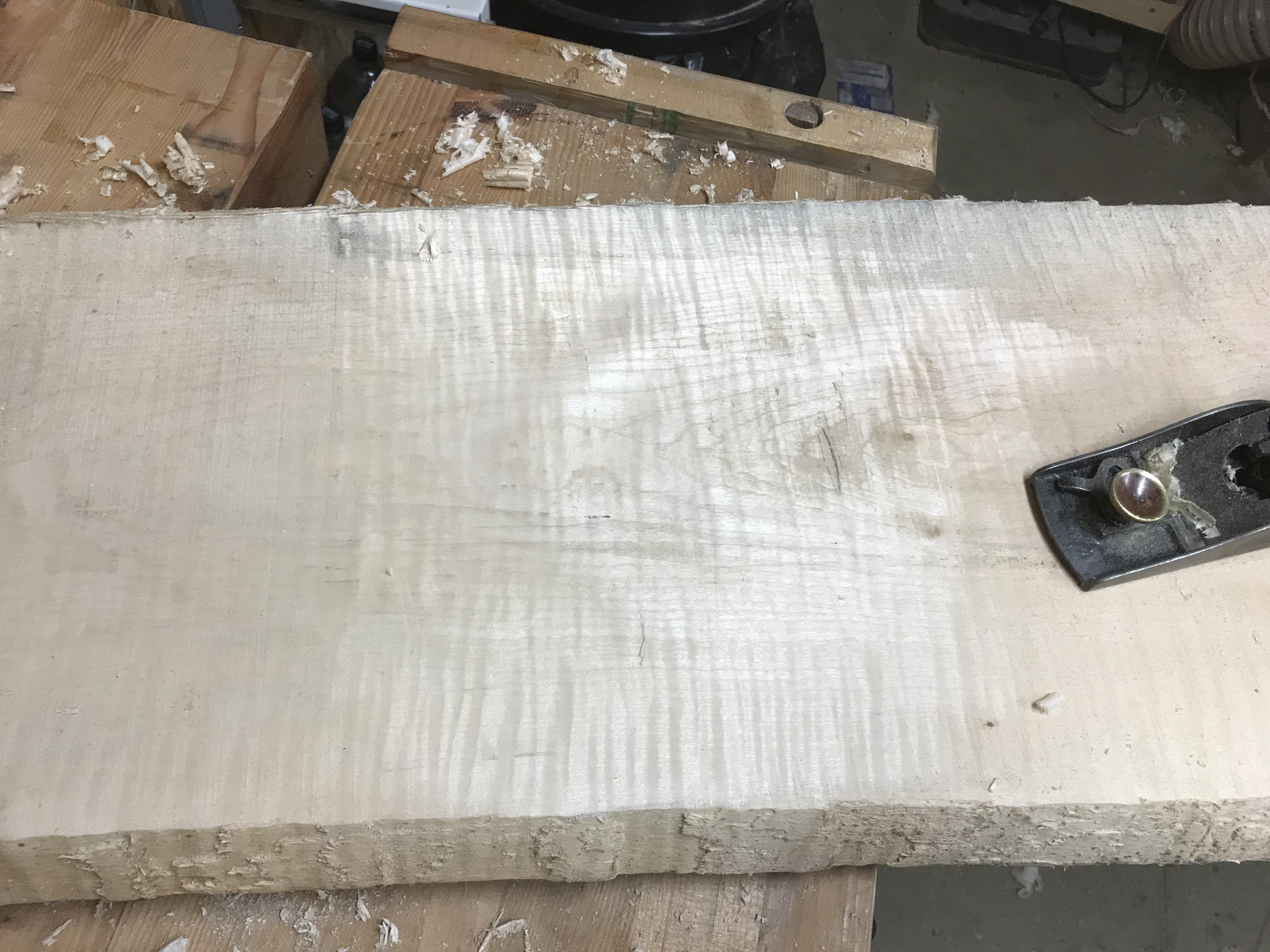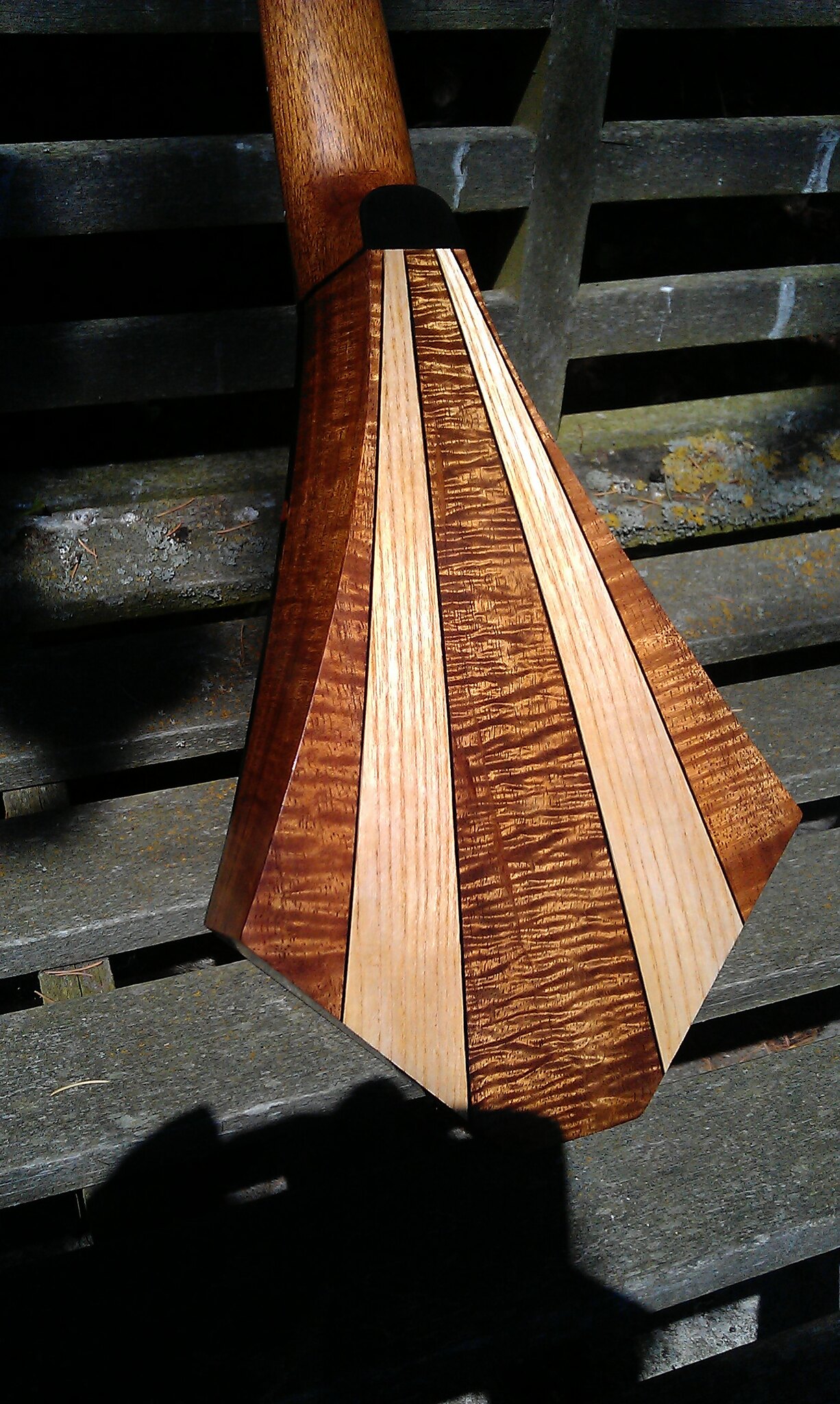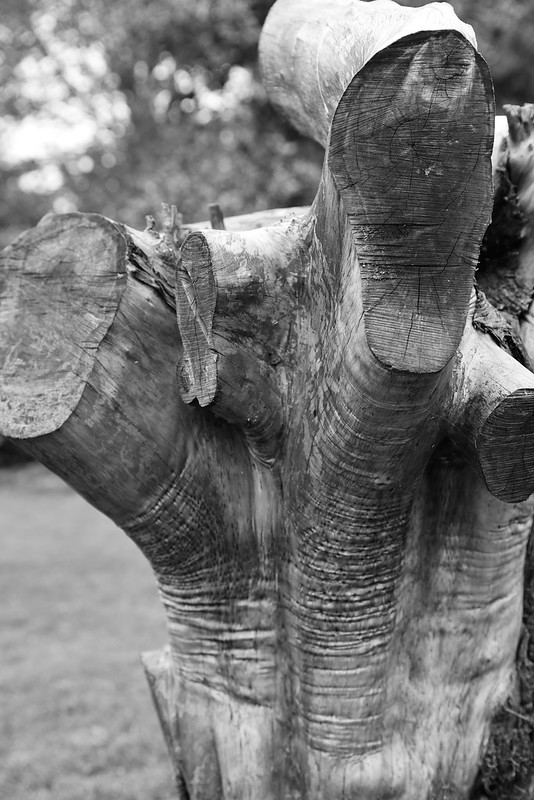The reason I ask the question is that yesterday I planed the most unusual piece of American tulip I've come across. Having sawn off the waney edge I set about planing it, got tearout along one side of the edge, thought I'd misjudged the grain direction, turned it around in the vice and then got tearout on the other side of the edge. I thought this a bit rum so got a Bailey style plane to get rid of the tearout and this worked.
Then I started on one of the sides and to my surprise found a roughly two inch wide strip of ripple grain running next to the edge. The whole surface was much silkier than is usual on a piece of tulipwood and the planing even sounded different than a normal sample. (I would photograph it but it is so pale that I don't think it would show on an Image and then there would be the matter of trying to reduce the file size in my new photo software i.e. mission more or less impossible for an IT-phobe like me.)
This got me wondering if any wood can exhibit ripple and or reverse grain (I guess the edge is showing reverse grain). I imagine that the theoretical answer would be along the lines of "if certain growing conditions are met, then yes" but why is it that some woods seem to do it a lot and some, like the tulipwood, only rarely? I can't for instance imagine ripple grained boxwood. It really is quite pretty. Shame it's going to end up as part of the bottom of my new shoe box for the hall.
Then I started on one of the sides and to my surprise found a roughly two inch wide strip of ripple grain running next to the edge. The whole surface was much silkier than is usual on a piece of tulipwood and the planing even sounded different than a normal sample. (I would photograph it but it is so pale that I don't think it would show on an Image and then there would be the matter of trying to reduce the file size in my new photo software i.e. mission more or less impossible for an IT-phobe like me.)
This got me wondering if any wood can exhibit ripple and or reverse grain (I guess the edge is showing reverse grain). I imagine that the theoretical answer would be along the lines of "if certain growing conditions are met, then yes" but why is it that some woods seem to do it a lot and some, like the tulipwood, only rarely? I can't for instance imagine ripple grained boxwood. It really is quite pretty. Shame it's going to end up as part of the bottom of my new shoe box for the hall.












